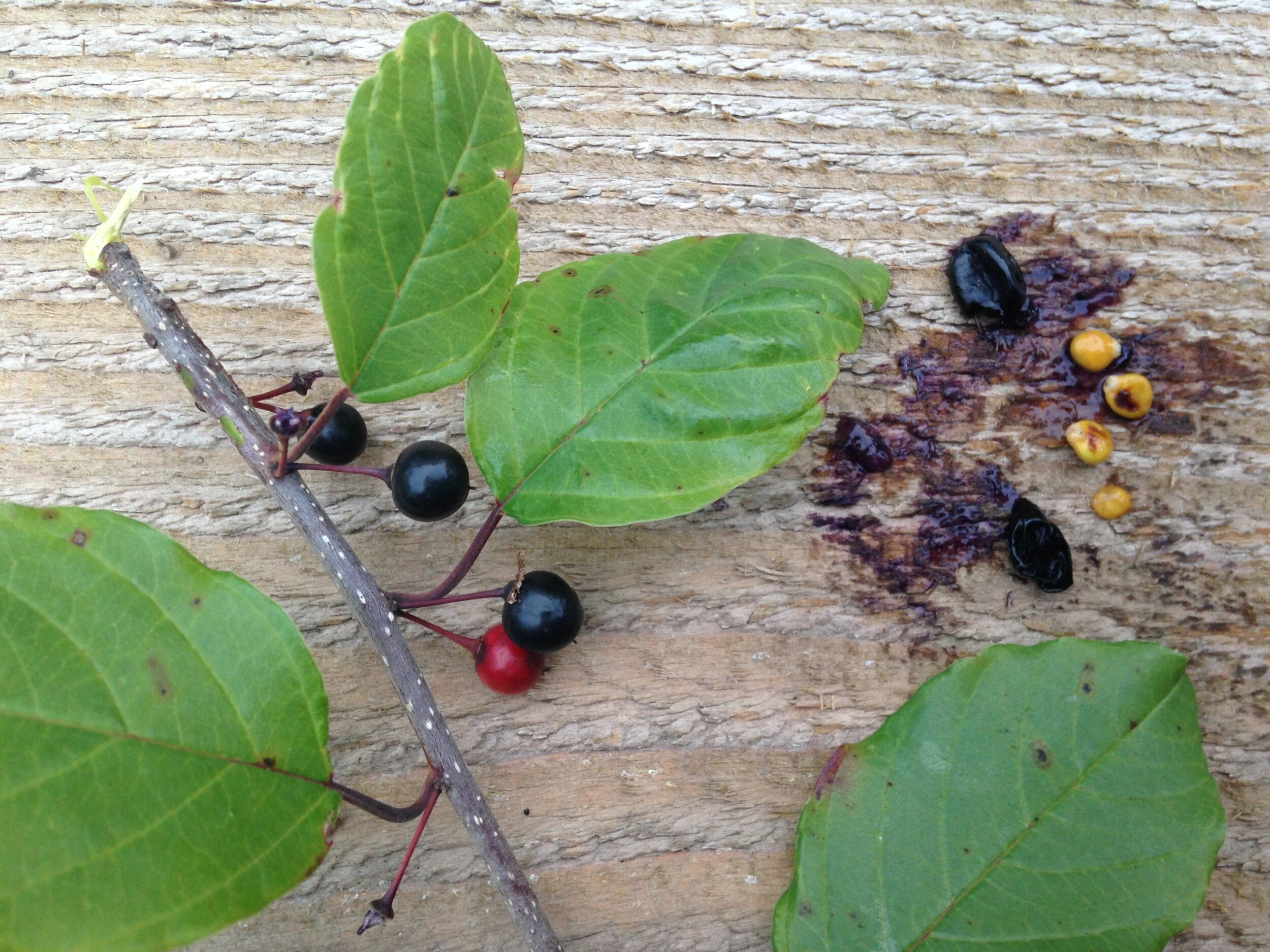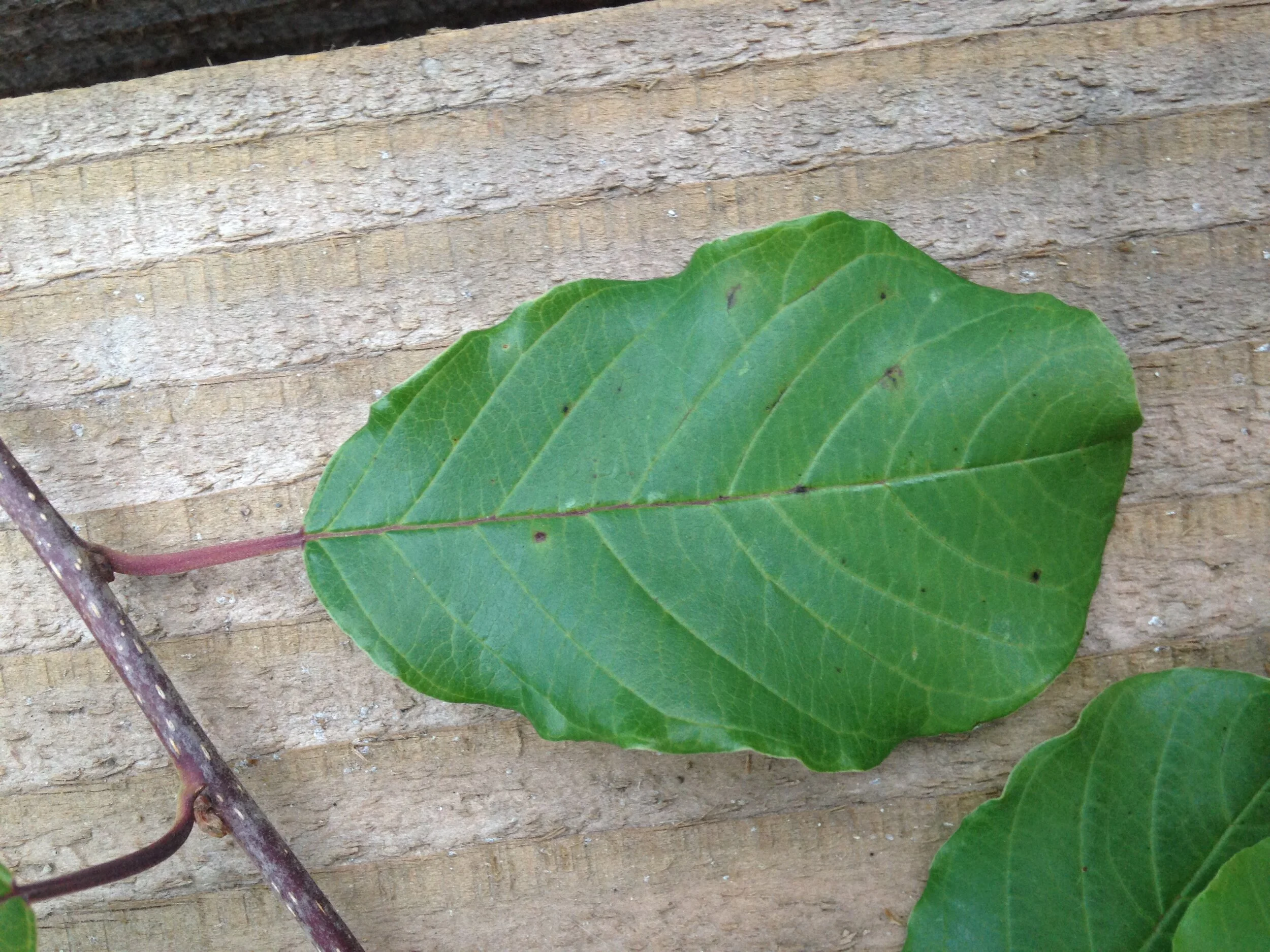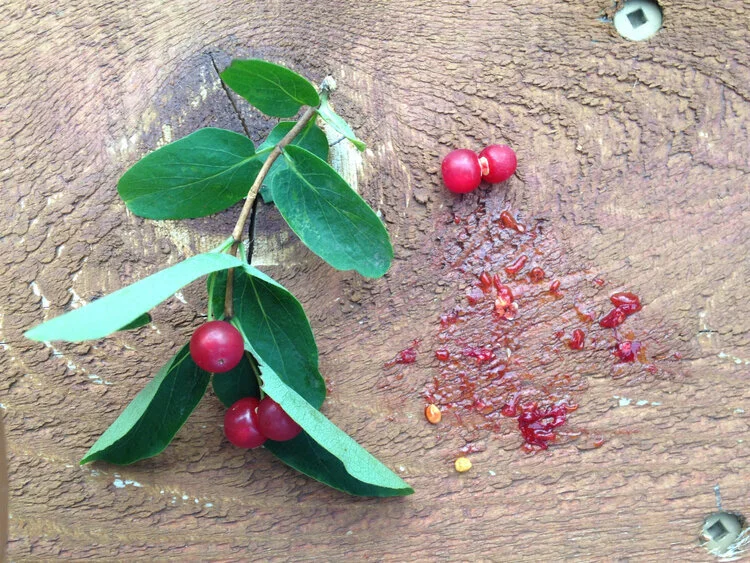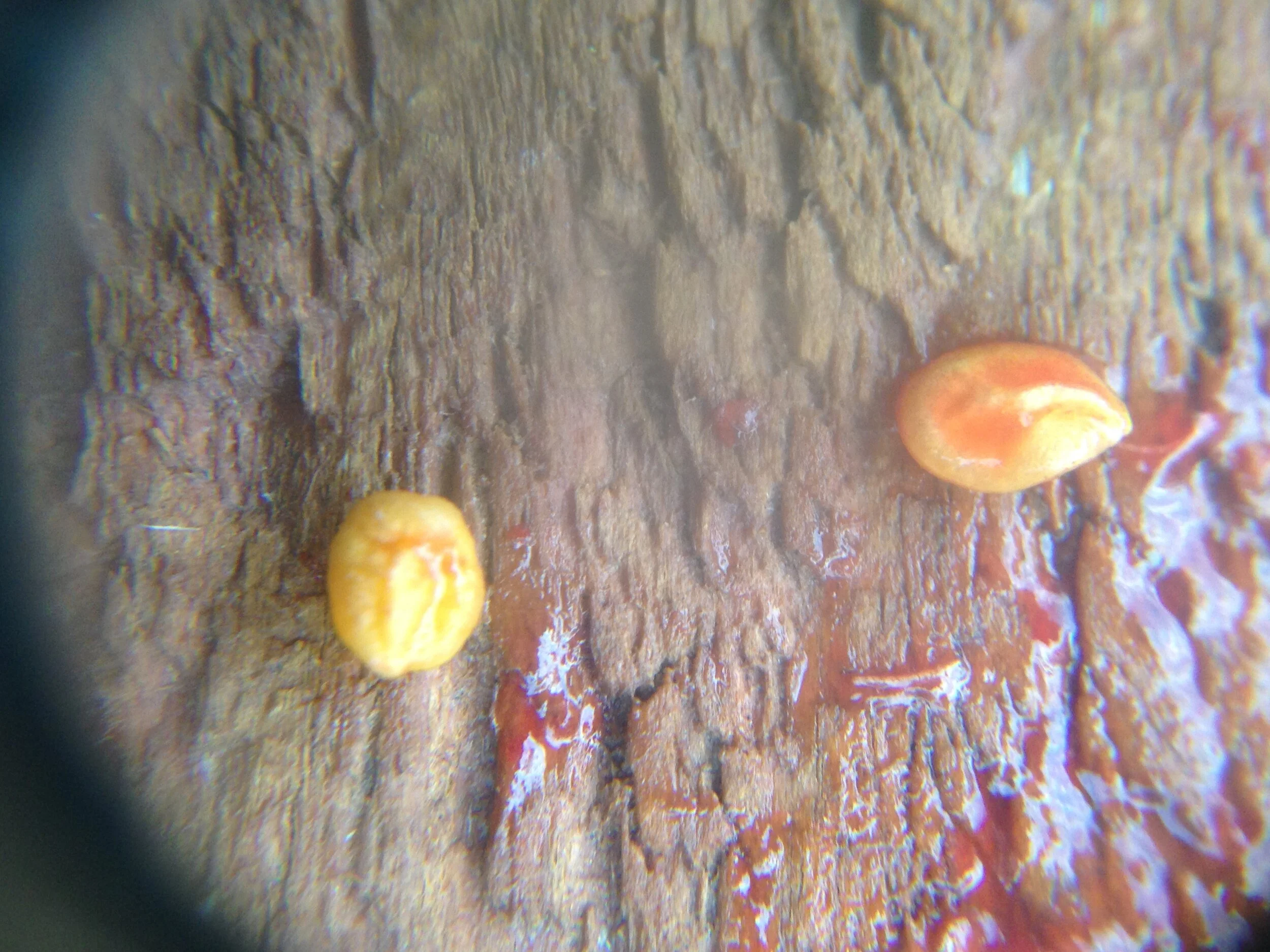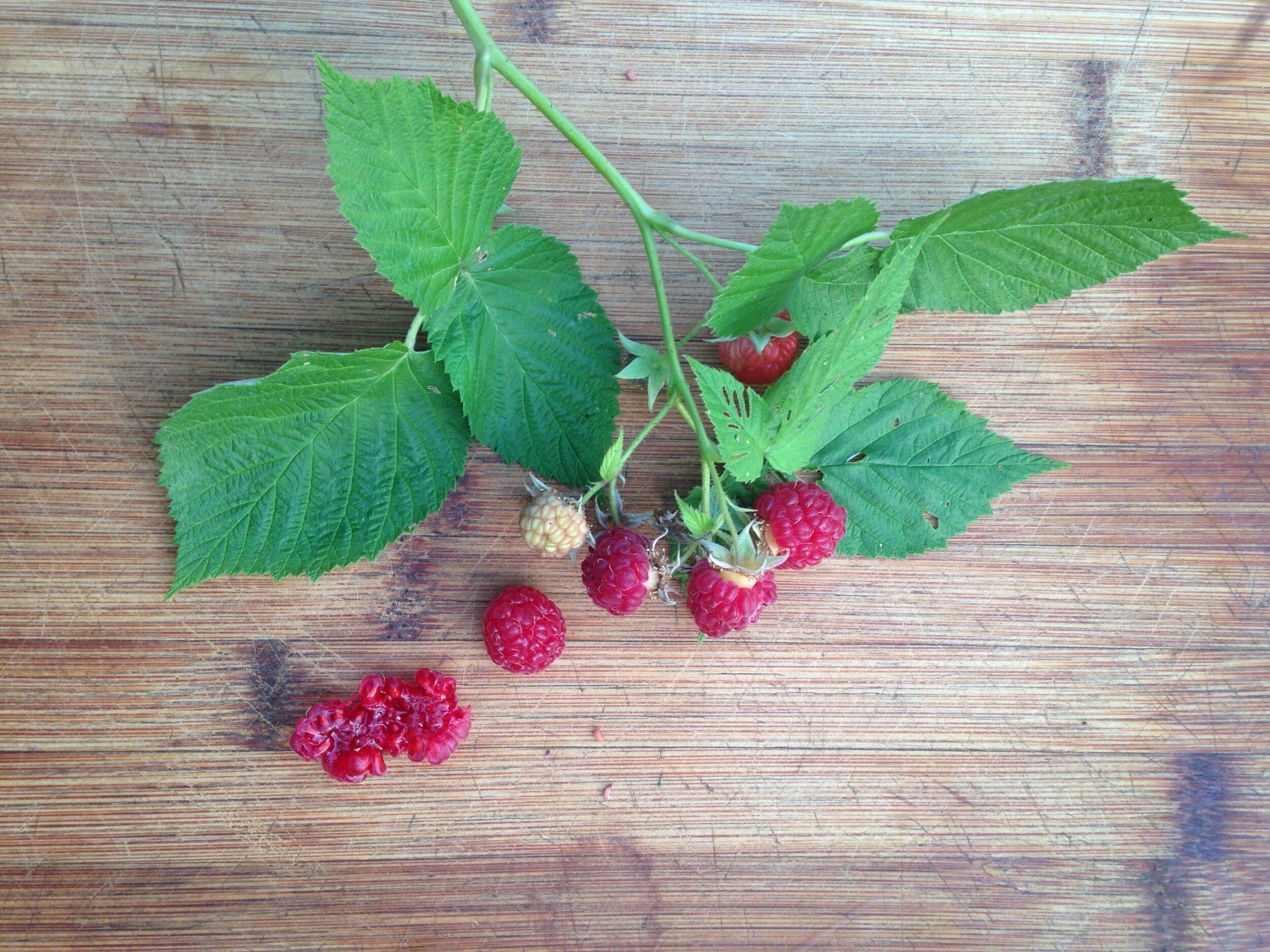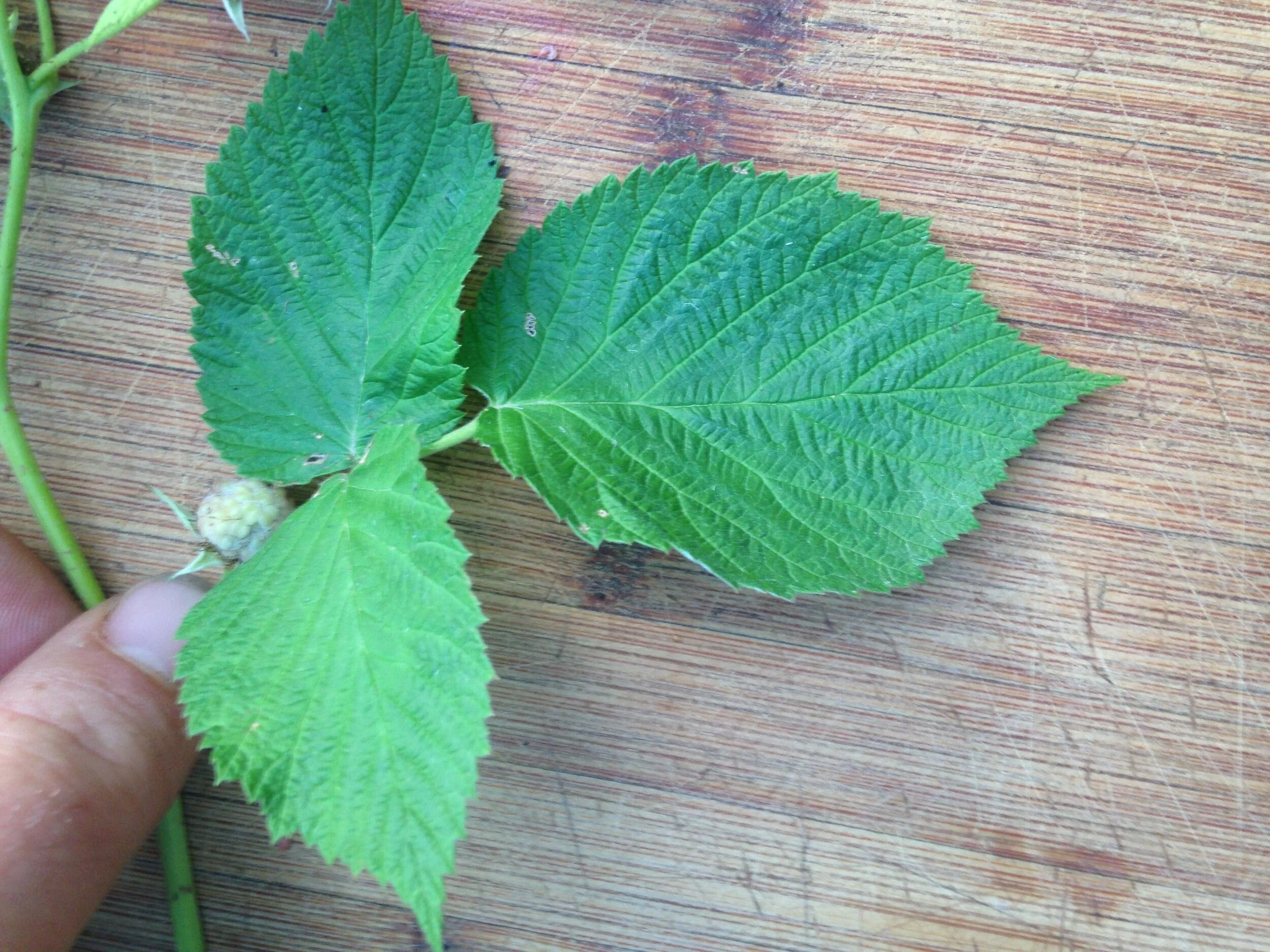Fruit and Seeds pt. 1
I wanted to compile a small collection of images and notes about seeds of the summer which might be found in some scat of common birds and mammals in my area (Great Lakes St. Lawrence forest bioregion, Southern Ontario). This small guide may be helpful for other regions as well as many of these plant species are naturalized to other areas.
Glossy Buckthorn (Rhamnus frangula)
Habitat of plant : Mixed woods, shaded ravines, understory edges, thickets
When is fruit ripe : Late July - September
Size of seed : ~5 mm long
General description of seed : Similar to a popcorn kernel, but slightly rounder and slightly larger.
Notes : Glossy Buckthorn seeds are distinct from other Buckthorn species. First three photos taken 2022.07.22, and last on 2022.09.02 .
Tartarian Honeysuckle (Lonicera tartarica)
Habitat of plant : Thickets, floodplains, edge colonizers between woods and pastures, railway corridors, roadsides.
When is fruit ripe : Late June - August
Size of seed : ~4 mm long
General description of seed : Beigey yellow, oval with pointed end. Many seeds per berry.
Notes : Seed somewhat distinguishable between non-native Honeysuckles. L. tartarica seeds smaller than Amur Honeysuckle (L. maackii) .
Staghorn Sumac (Rhus typhina)
Habitat of plant : Roadsides, forest edges, successional meadows, trail sides, river banks, disturbed areas in recovery.
When is fruit ripe : Ripens into the July to August, but fruit remains on trees into the winter.
Size of seed : 4 - 6 mm D including seed coat.
General description of seed : Smooth, round like a pea when before ripe, and wrinkled like a raisin in last seasons fruit.
Notes : Green before ripe, and brown when ripened. Fruit only eaten in winter when other foods are scarce.
Red Raspberry (Rubus idaeus var.)
Habitat of plant : Open areas, edges of woods, thickets, roadsides, clearings, disturbed sites in recovery
When is fruit ripe : Late June - August, “ever bearing” varieties will fruit again in September
Size of seed : 2.5 mm (length) x 1 mm (thick) 1.7 mg (weight)
General description of seed : half moon or citrus carpel (think of a section of an Orange), wrinkly when dry.
Notes : Everyone eats Raspberries and their Rubus kin Blackberries. Get to know this seed well.
If you want to see all of the previous entries check out the links below:
Part 1 : Glossy Buckthorn (Rhamnus frangula), Tartarian Honeysuckle (Lonicera tartarica), Staghorn Sumac (Rhus typhina), Red Raspberry (Rubus idaeus var.)
Part 2 : Chokecherry (Prunus virginiana), Red-Osier Dogwood (Cornus sericea), Alternate-leaved Dogwood (Cornus alternafolia), Common Buckthorn (Rhamnus cathartica)
Part 3 : Grape (Vitis spp.), Swamp (Silky) Dogwood (Cornus obliqua), Starry False Solomon’s Seal (Maianthemum stellatum), Nannyberry (Vibernum lentago)
Part 4 : Spikenard (Aralia racemosa), Bittersweet Nightshade (Solanum dulcamara), Hawthorn (Crataegus spp.), Virginia Creeper (Parthenocissus vitaceae)
Part 5 : Black Currant (Ribes nigrum), Chokeberry (Aronia melanocarpa), Serviceberry (Amelanchier spp.), Elderberry (Sambucus canadensis)

